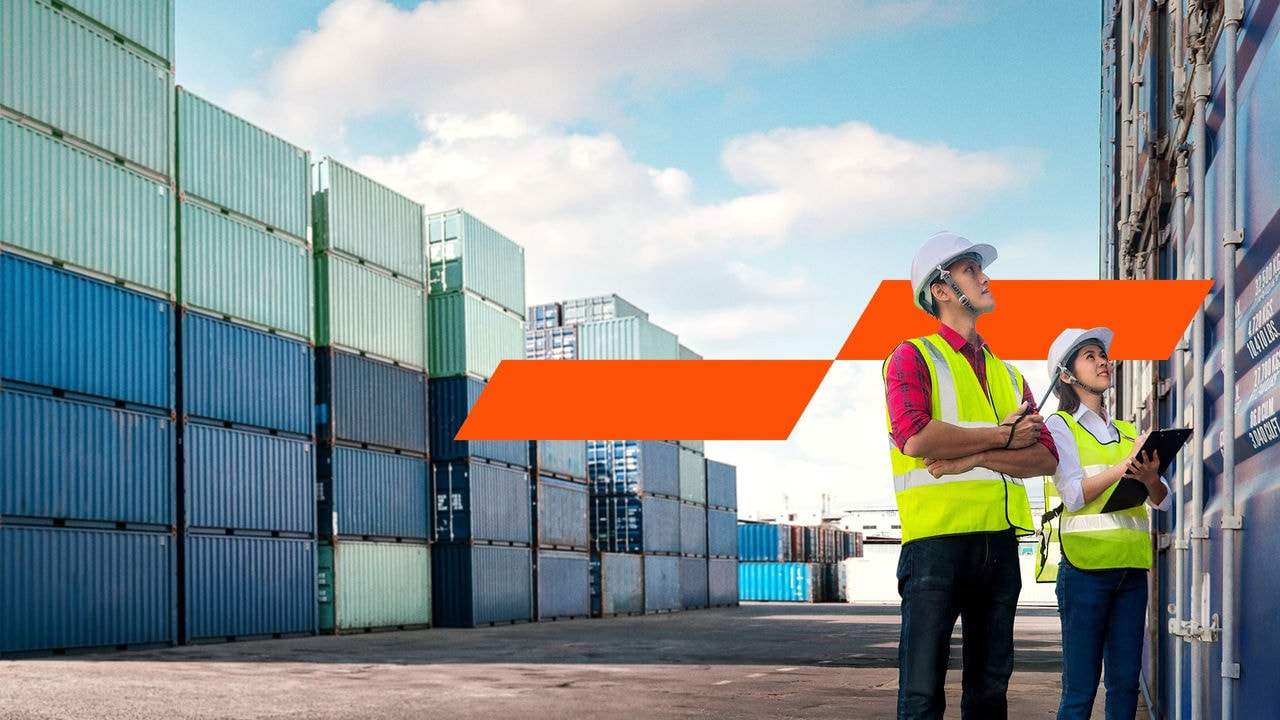How can transportation and logistics companies keep up with all the challenges, changes and innovations affecting their industry?
Transportation & Logistics

In today's complex environment, we are committed to helping our clients and partners anticipate and be ready for tomorrow's challenges. We bring to this a deep understanding of industry dynamics, proven people, an unparalleled network of experts and advanced technology capabilities to address your needs from strategy to execution
In these times of change, how will transportation & logistics companies respond to these industry dynamics

Challenges and trends: Major trends impacting the Transportation and Logistics industry are:
- Technological advancements to improve operational efficiency and automation to optimize the use of resources and limit the number of empty miles
- E-commerce which has led to an increased demand of last-mile delivery services as well as reverse logistics
- Sustainability and reducing the environmental impact of the transportation and logistics industry as a whole
Where can we help
- ESG
- Omni-channel
- Pricing & Profitability Management
- Supply Chain Transformation
- Integrated Business Planning
- Tax





© 2016 - 2026 PwC. All rights reserved. PwC refers to the PwC network and/or one or more of its member firms, each of which is a separate legal entity. Please see www.pwc.com/structure for further details.




